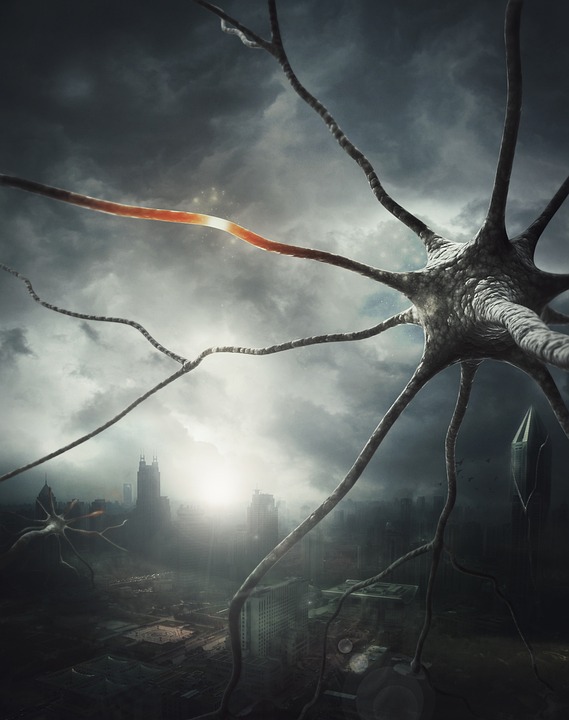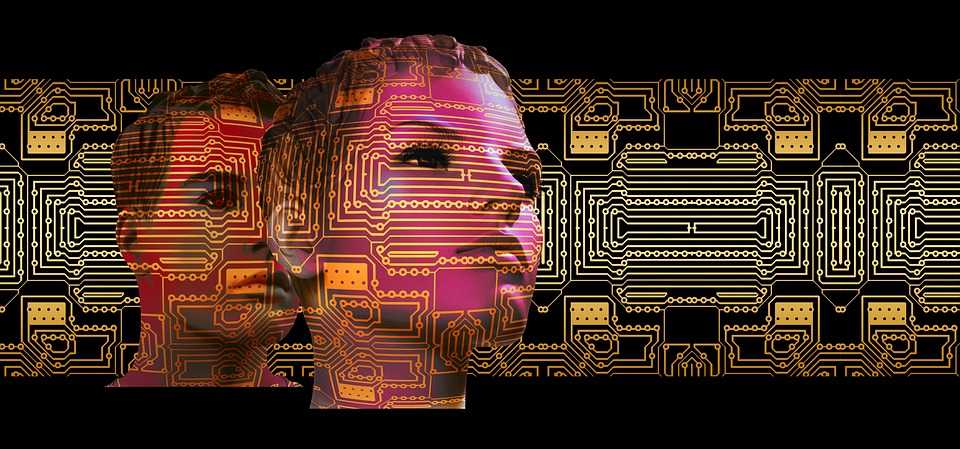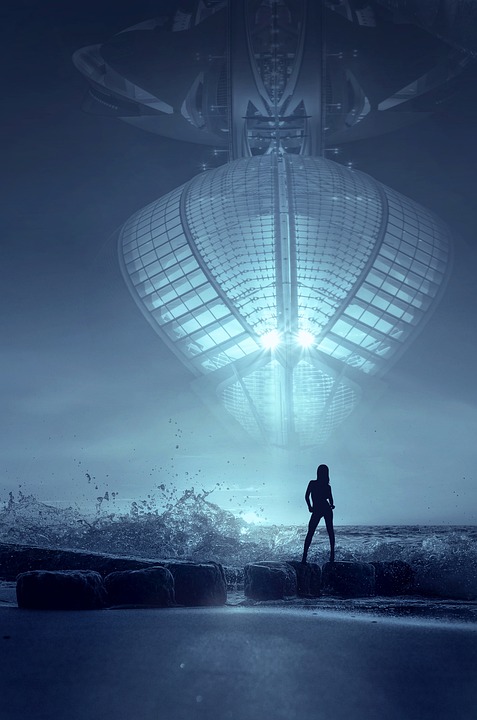Exploring AI Art: Diving into the Intersection of Technology and Creativity
Artificial Intelligence (AI) has revolutionized various industries, from healthcare to finance, and now, it has made its mark in the world of art. AI art refers to artworks that are created or generated using artificial intelligence algorithms. It is an emerging field that combines technology and creativity, pushing the boundaries of what we perceive as art. In this article, we will delve into the fascinating world of AI art and explore the possibilities it brings.
The Birth of AI Art
The concept of AI art can be traced back to the 1960s when the first computer-generated artwork was created. However, it was not until recently that AI art gained widespread recognition and appreciation. With advancements in machine learning and deep neural networks, AI algorithms have become more sophisticated and capable of creating intricate and compelling artworks.
How AI Creates Art
AI art can be created using various techniques. One popular approach is called Generative Adversarial Networks (GANs), where two neural networks, a generator, and a discriminator, work in tandem to create art. The generator creates random images, while the discriminator evaluates the generated image’s authenticity. Through continuous learning, the generator tries to produce images that fool the discriminator, resulting in unique and often surreal artworks.
Another method is style transfer, which involves applying the artistic style of one image onto another. This technique allows artists to merge the aesthetics of different artworks, resulting in visually striking and novel compositions. Deep learning algorithms analyze the style and content of the source and target images, extracting and combining their features to create a new, artful output.
Exploring New Creative Horizons
AI art has presented artists and creators with exciting possibilities. It offers a collaboration between the human imagination and machine intelligence, pushing the boundaries of what is traditionally considered art. AI can generate limitless variations and experiment with unconventional aesthetics, leading to unexpected and thought-provoking results.
Artists can use AI as a tool to augment their creative process, serving as a source of inspiration or generating new ideas. AI algorithms can analyze vast collections of art, identifying patterns and trends, which can be used to inform and enrich an artist’s own work. These algorithms can also assist in the production process, reducing the time needed to create complex artwork, and enabling artists to focus on their conceptualization and refinement.
Controversies and Ethical Considerations
As with any emerging technology, AI art is not without its controversies and ethical considerations. Critics argue that AI art lacks the emotional depth and human connection that traditional art possesses. They question whether AI-generated artworks can truly be considered as original, authentic creations.
There are also concerns about copyright infringement, as AI algorithms learn from existing artworks and can potentially generate compositions that closely resemble copyrighted pieces. Determining who owns the rights to AI-generated art becomes a legal grey area, as it blurs the boundaries of authorship.
FAQs:
Q: Can AI replace human artists?
A: No, AI cannot replace human artists. While AI can generate impressive artwork, it lacks the emotions, intentions, and subjective experiences that human artists bring to their creations. AI art should be seen as a collaboration between technology and human creativity, rather than a replacement of human artists.
Q: Is AI art considered “cheating”?
A: No, AI art is not considered cheating. It is a new tool that artists can use to express their creativity and explore new possibilities. Just like any other artistic medium or tool, AI should be seen as a means of expression, not as a shortcut or a way to bypass the artistic process.
Q: Does AI art devalue traditional art forms?
A: No, AI art does not devalue traditional art forms. It offers a new avenue for creativity and artistic expression. Traditional art forms still retain their value and importance, and AI art can coexist alongside them, expanding the boundaries of art as a whole.
Q: Can AI art be considered as “real” art?
A: The definition of art is subjective and can vary from person to person. Some may consider AI art as real art, while others may not. However, AI-generated artworks have been exhibited in galleries and museums worldwide, establishing their recognition in the art world.
In conclusion, AI art stands at the intersection of technology and creativity, pushing the boundaries of what we perceive as art. It offers artists new tools for creation and exploration, enabling them to collaborate with machine intelligence and experiment with unconventional aesthetics. While controversies and ethical considerations surround AI art, its undeniable impact on the art world cannot be overlooked. As technology continues to evolve, AI art will only grow in its significance and continue to challenge our understanding of the creative process.









